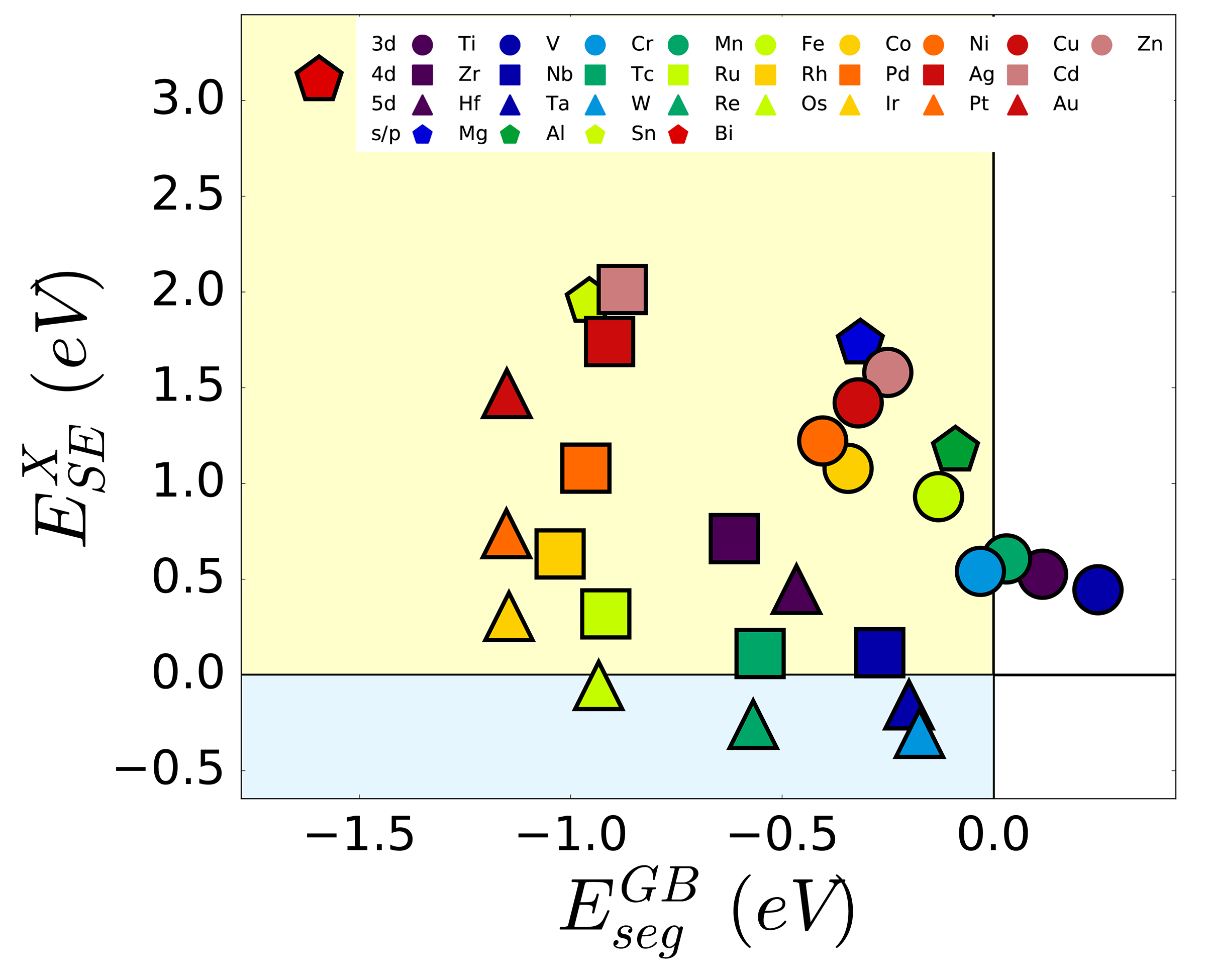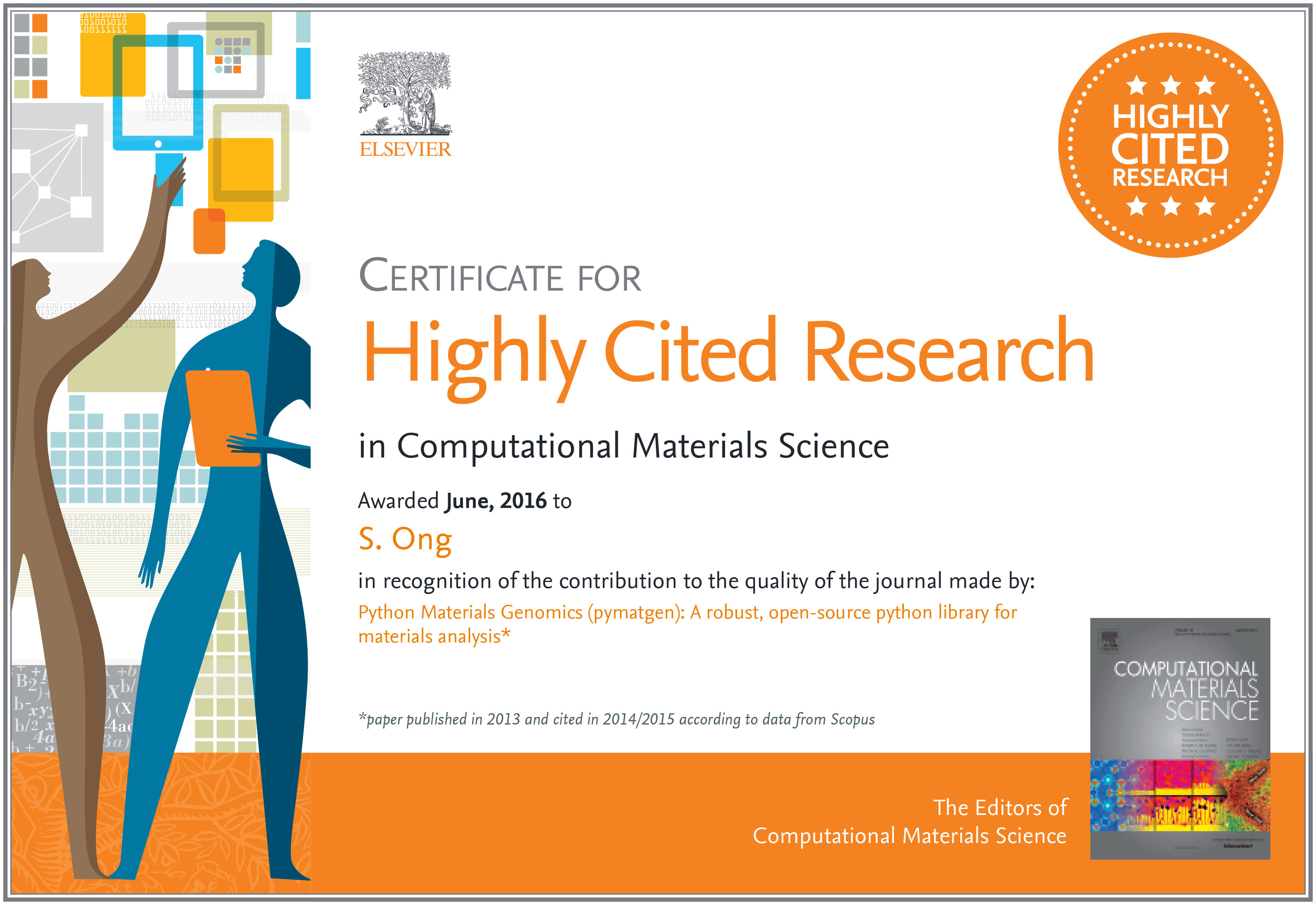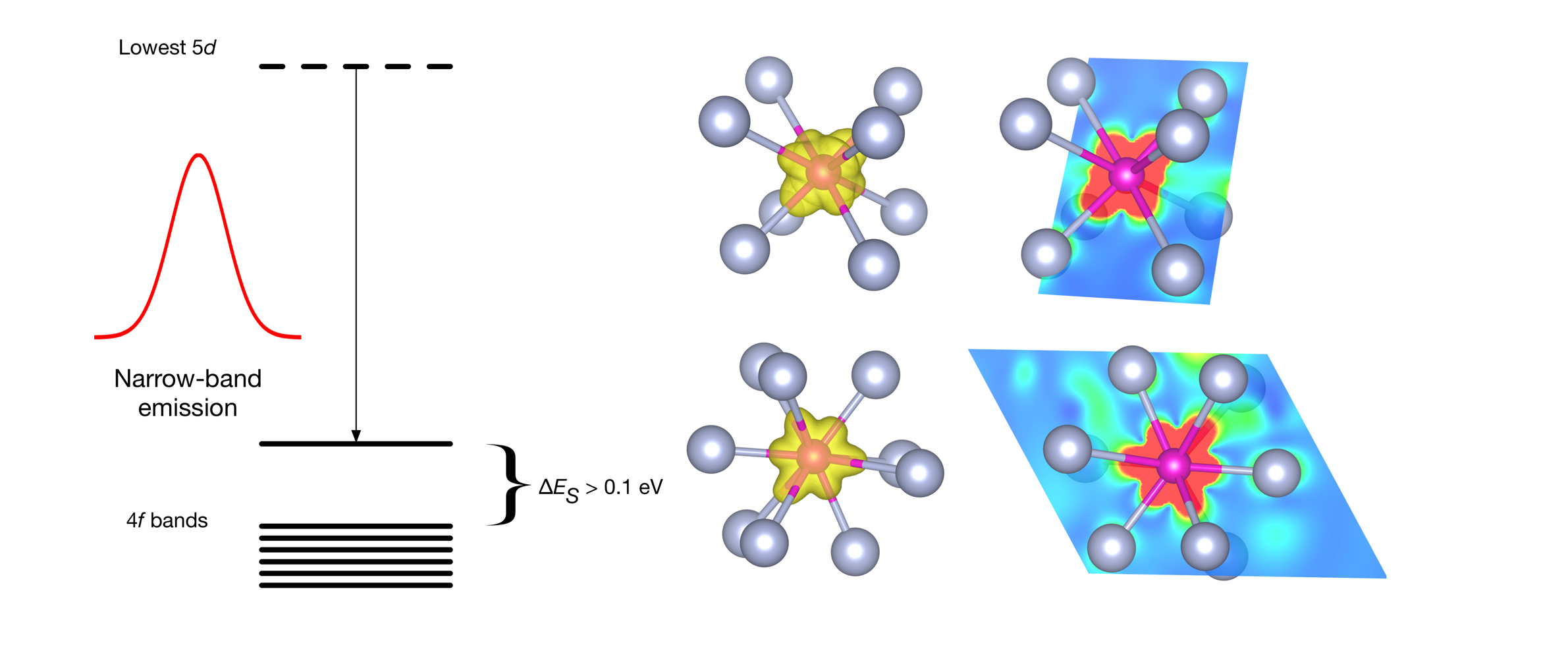Crystalium released
We have published the world’s largest database of surface energies and Wulff shapes, dubbed Crystalium. A collaborative effort between the Materials Virtual Lab and the Materials Project, this new open-source database can help researchers design new materials for technologies in which surfaces and interfaces play an important role, such as fuel cells, catalytic converters in cars, computer microchips, nanomaterials and solid-state batteries. You can read more about it in the UCSD press release on EurekAlert! This work is published in Scientific Data as an open-access article, and Richard Tran, one of our undergraduate volunteers, is the first author.




